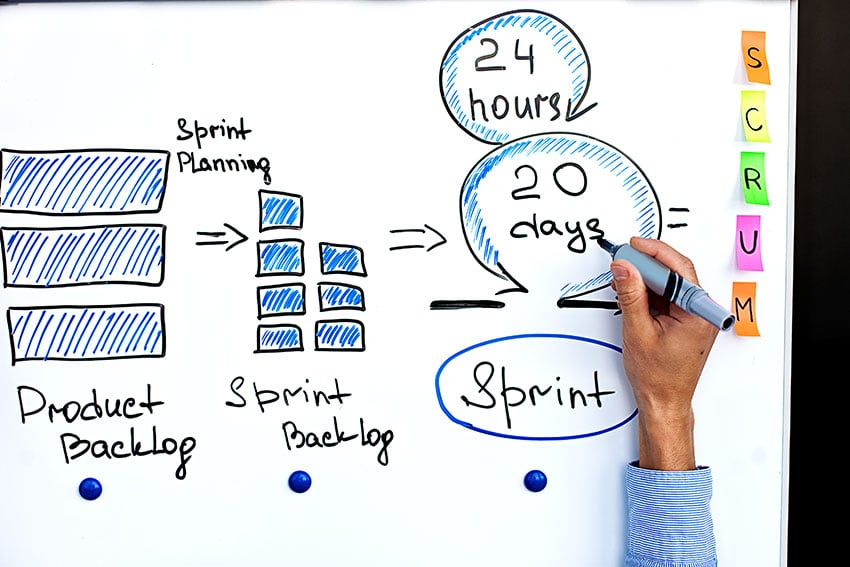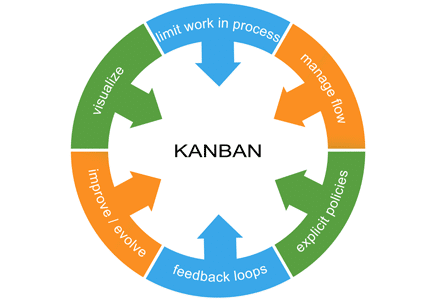In today’s workplace, it seems that every employee’s daily to-do list is about a mile long.
And with so many tasks in the queue, it’s tempting to jump from one assignment to another in an attempt to tick as many as possible off your list. But in reality, the opposite usually occurs — diving into new tasks before completing previous ones can often result in employees feeling overwhelmed and longer lead times on projects.
This is another issue a kanban board system can help address. As we mentioned in our previous posts, a kanban board is a simple way to visualize your workflows and quell the chaos that often clouds projects. “Kanban” is the Japanese word for “visual card,” which is an apt description for the system. It’s a solution that allows team members to visualize workflows for projects and all in one convenient place while also keeping tasks transparent for the entire team.
Whether you’re using digital kanban board software hosted in the cloud or a simple whiteboard, kanbans allow users to limit what’s dubbed “work in progress” — the projects or tasks that are currently on the go.
Why Limit WIP?
Look at WIP (the oft-used acronym for “work in progress”) from a juggling perspective. Having one or two balls in the air is pretty simple for even amateur jugglers to manage, but as you add more balls or tasks to the mix, keeping them all sailing smoothly through the air becomes more difficult. Eventually, you’ll drop one or more.
The same is analogous to having multiple tasks or projects on the go. It divides your concentration, and often results in longer lead times, rushed jobs to meet deadlines and a decrease in quality of work.
Limiting WIP ensures team members only have a select number of tasks on the go at any given time. This encourages team members to focus on completing one task at a time, maintain quality control and keep project timelines on track.
On a kanban board, it’s relatively easy to set a limit for task cards team members have as WIP. Many project managers will maintain a limit of two or three cards as the limit for a particular project, depending on the size of the team and the needs of the project.
First the Old, Then the New
This is an important concept to emphasize for team members who are limiting WIP on a project. Again, limiting WIP forces team members to turn their attention to the task at hand and complete it before moving on to the next assignment.
Why is this integral?
Leaving an old task before it’s finished usually results in one of two potential outcomes: 1) We never finish the task, or 2) We come back to the task later to finish it.
Never completing a task is a problem for obvious reasons — the task was created for a reason and not finishing it could set a project back in a multitude of ways.
The second potential outcome isn’t helpful either. When we return to a half-finished assignment later, the context of that task has likely changed. We often waste time figuring out where we left off, reconstructing our decision making and reorienting ourselves with the task.
But completing a project or assignment before moving on to the next item on your list eliminates the need for this reorientation process. There’s no need to waste that time and potentially push your project deadline back as a result.





